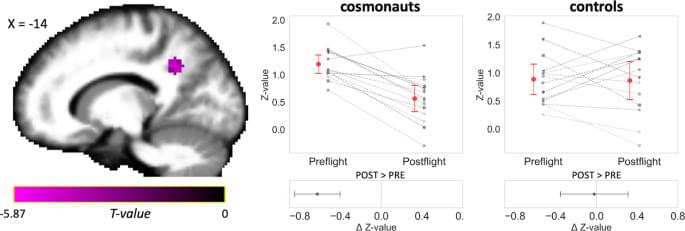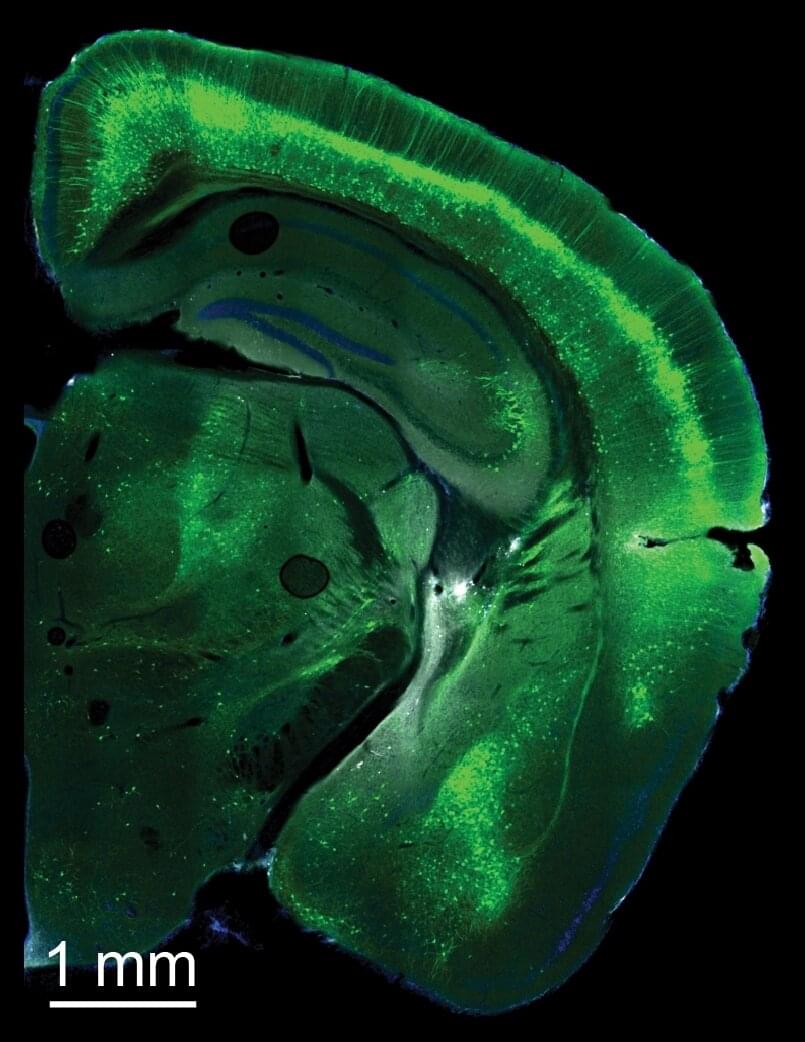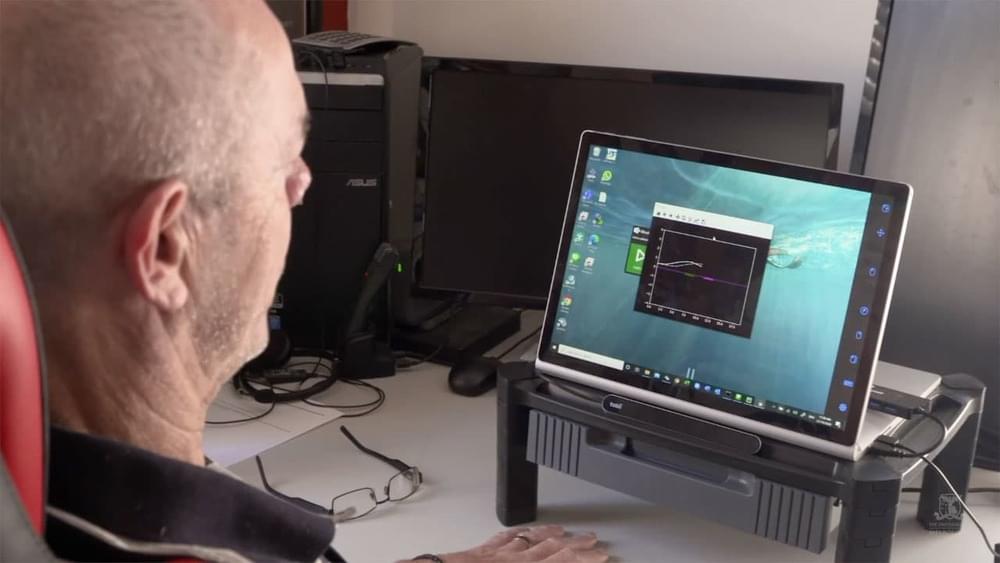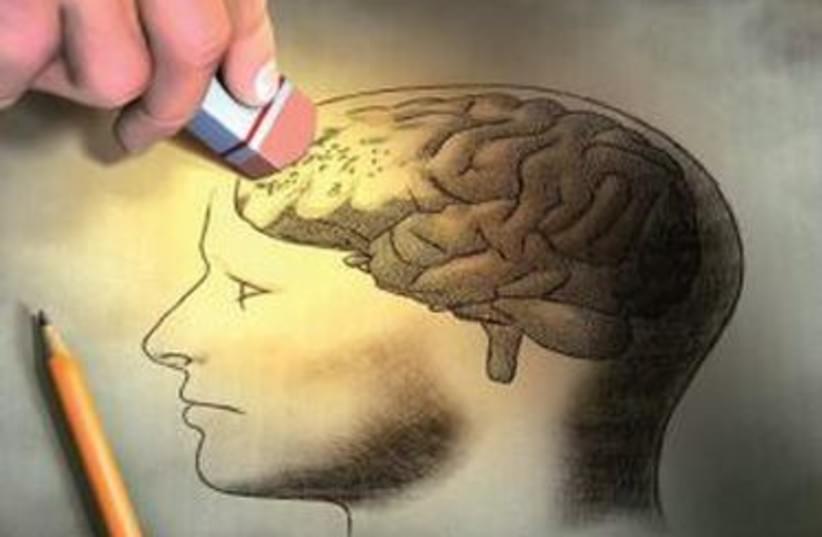The fungal pathogen that wipes out much of humanity in HBO’s latest series The Last of Us is real, but can the cordyceps fungus actually turn humans into zombies one day?
“It’s highly unlikely because these are organisms that have become really well adapted to infecting ants,” Rebecca Shapiro, assistant professor at University of Guelph’s department of molecular and cellular biology, told Craig Norris, host of CBC Kitchener-Waterloo’s The Morning Edition.
In the television series, the fungus infects the brain of humans and turns them into zombies. In real life, it can only infect ants and other insects in this manner.








